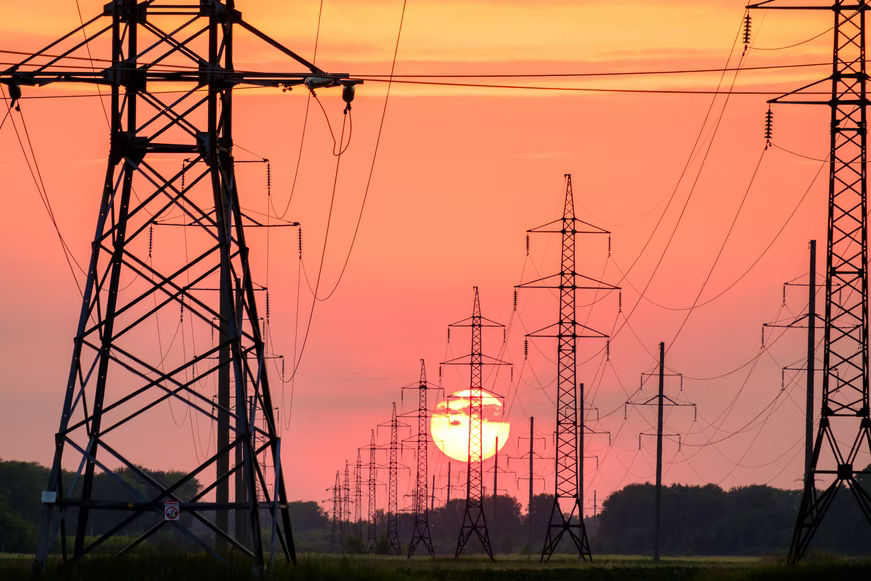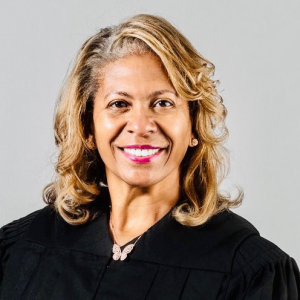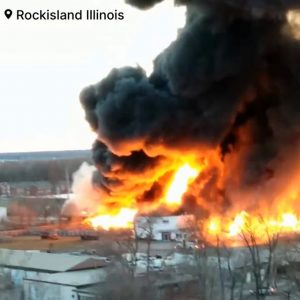Ohio residents faced one of the biggest power outages in the state on Tuesday. More than 350,000 people were forced to live without the supply of electricity, according to media reports citing tracking websites.
The entire mid-western region of the United States — including Illinois, Michigan, Indiana and West Virginia — faced similar issues. Roughly half a million people faced power outages in this region.
Also Read: What does the 2022 hurricane season look like for the US
Most of these widespread electricity cuts have been attributed to unstable weather in the mid-western US.
Strong storms brought heavy rain and damaging wind to many of the affected areas a day before.
American Electric Power, one of the biggest electrical facilities in Ohio, was forced to shut down its supply of power on Tuesday to prevent further damage to its already stressed infrastructure. Spokesperson Scott Blake said that the combination of extreme heat and strong winds was the main reason for the shutdown, according to reports from Associated Press.
Even though most of the power cuts were limited to Ohio, the ongoing heatwave severely impacted other states as well. Chicago, Illinois, saw triple-digit temperatures– the highest since July of 2012, the area’s weather service office reported.
A heat advisory also was issued, stretching from as far north as Wisconsin down to the Florida Panhandle on the Gulf coast, Associated Press reported.
Much of southeastern Michigan — from just south of Flint to the state lines with Ohio and Indiana — was put under an excessive heat watch Wednesday through Thursday morning as the warm front is expected to move east.
Also Read: Hurricane Agatha lashes southern Mexico; poses flooding threat from storm
What do the authorities recommend?
More than 100 million people were expected to be affected by midweek and authorities warned residents to stay hydrated, remain indoors when possible and be aware of the health risks of high temperatures.
Chicago even opened six large cooling centers and encouraged people to cool off in libraries, park district buildings and other public locations.







